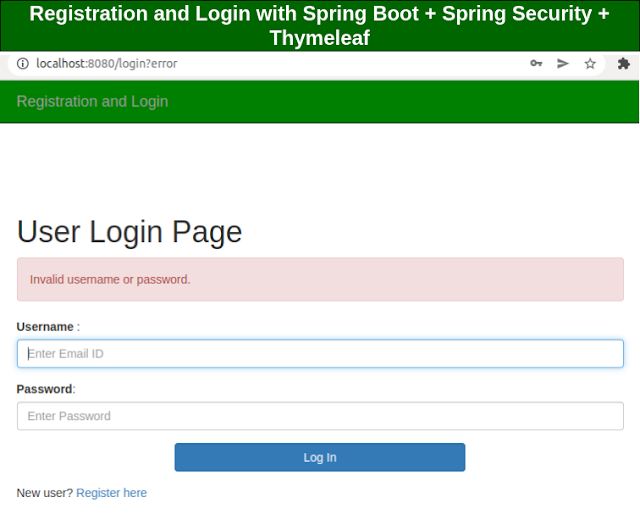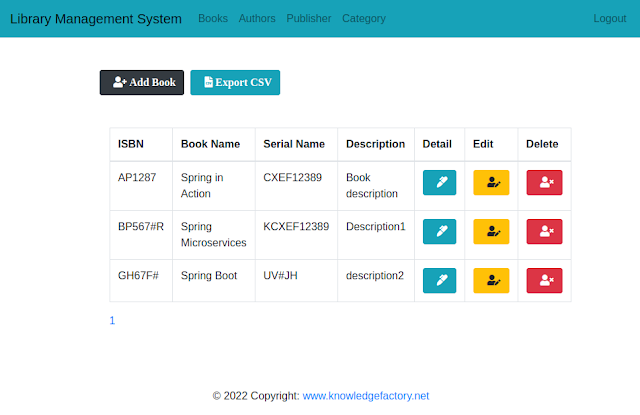3 Ways to Dockerize Your Spring Boot Application: Dockerfile, Jib, and Buildpacks
Here’s a guide to generate a Docker image for a Spring Boot application using three different methods. Each method has its use case, depending on your project's needs and complexity.
1. Using a Dockerfile
This method gives you full control over the image creation process.
Steps:
Create a
Dockerfile: Create a file namedDockerfilein the root directory of your Spring Boot project with the following content:Build the JAR file: Package your application into a JAR file:
Build the Docker image: Run the following command to build the Docker image:
Run the Docker container: Start the container:
2. Using Jib (Maven/Gradle Plugin)
Jib is a tool from Google that simplifies the process of creating Docker images without needing a Dockerfile.
Steps (Maven):
Add the Jib plugin to
pom.xml:Build the Docker image: Use the following command to build the Docker image:
Run the Docker container: Start the container:
3. Using Buildpacks (Spring Boot 2.3+ Feature)
Buildpacks are a high-level abstraction for creating container images, integrated directly into Spring Boot.
Steps:
Build the image: Use the Spring Boot Maven plugin to create a Docker image:
Run the Docker container: Start the container:
Comparison of Methods
Conclusion
- Use Dockerfile if you need customization or already have Docker expertise.
- Use Jib for a quick and easy integration with Maven or Gradle.
- Use Buildpacks for the simplest way to containerize Spring Boot apps with minimal configuration.
Choose the method that best suits your requirements!










